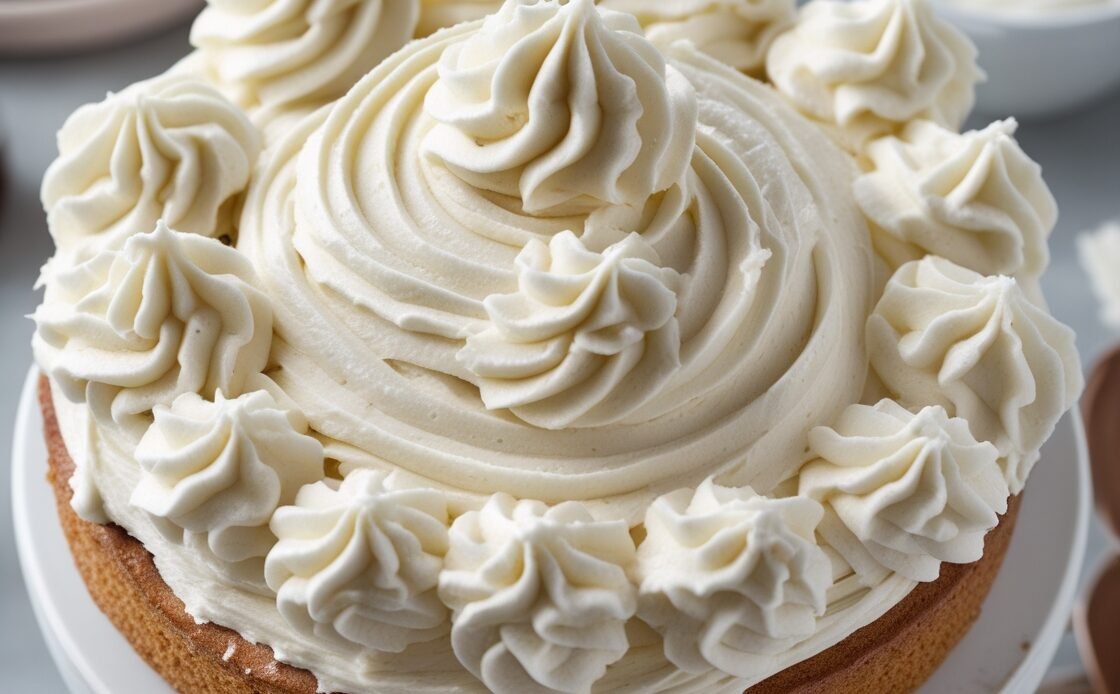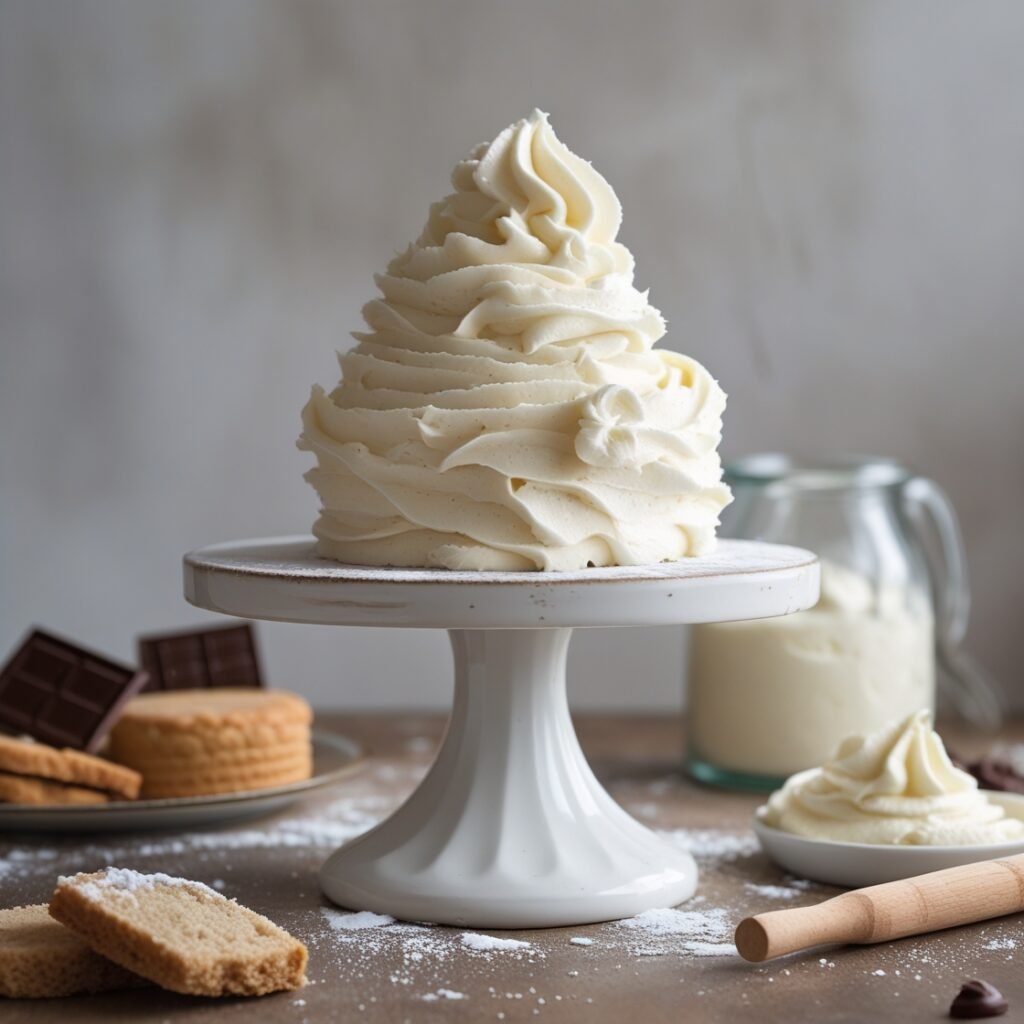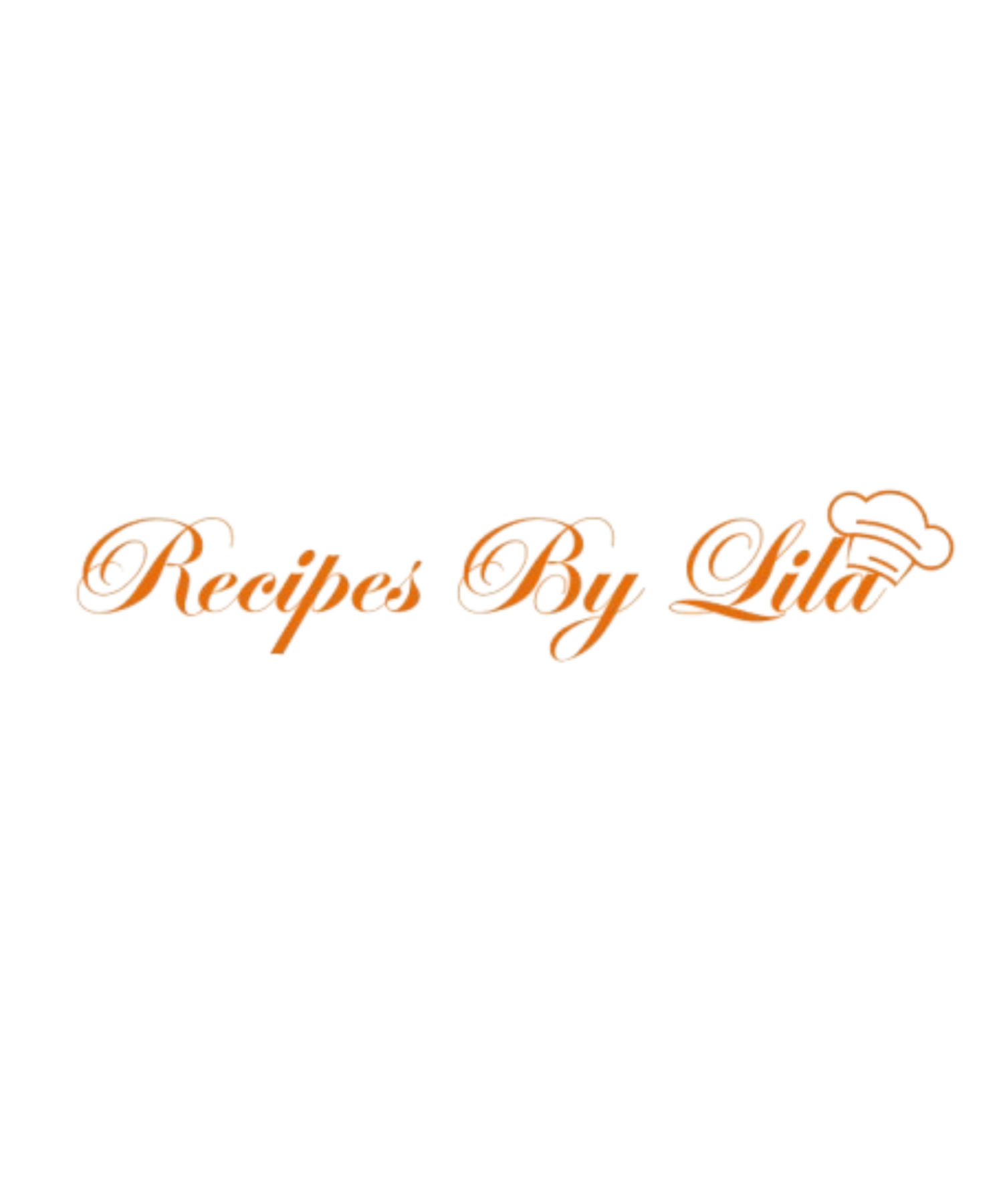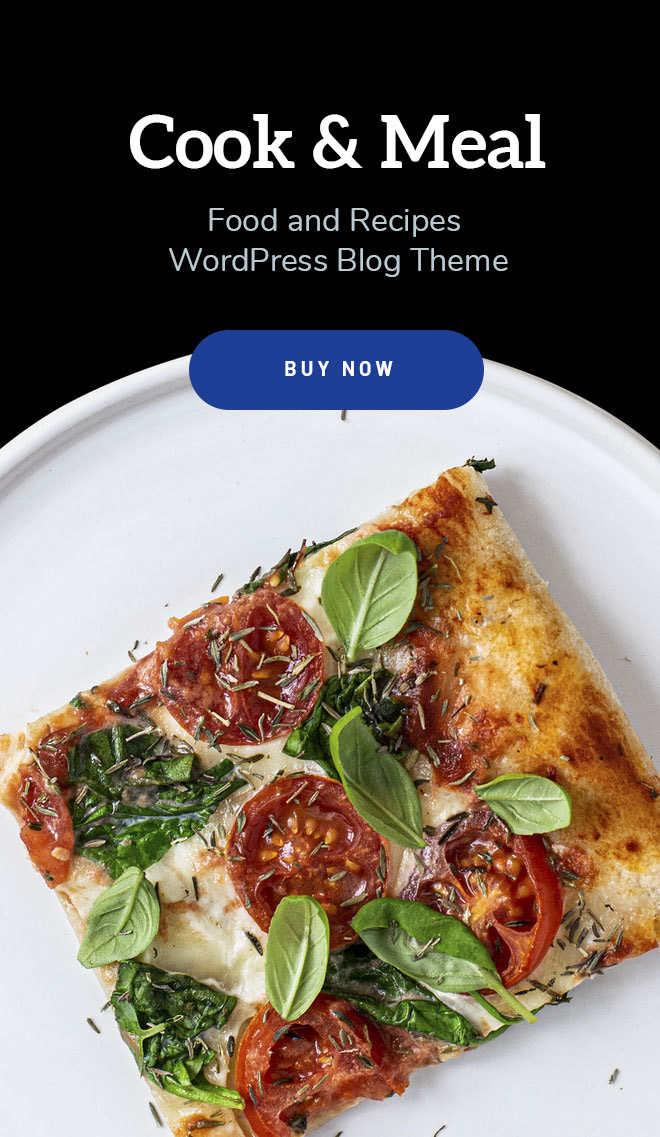
Introduction
Did you know that 78% of home bakers have found themselves without powdered sugar at least once when craving homemade frosting? That unexpected discovery in the pantry doesn’t have to derail your baking plans! Learning how to make frosting without powdered sugar isn’t just a convenient backup plan—it can open up a whole new world of textures and flavors that might even become your preferred method. Whether you’re looking for a cream cheese frosting without powdered sugar or an icing recipe without powdered sugar, I’ve got you covered with techniques that create smooth, delicious toppings using ingredients you likely already have on hand.
Ingredients List
For our basic frosting without confectioners sugar, you’ll need:
- 1 cup granulated sugar
- 1/4 cup water
- 1/4 teaspoon cream of tartar (helps prevent crystallization)
- 2 egg whites, room temperature
- 1/4 teaspoon vanilla extract (or flavor of choice)
- 1/2 cup unsalted butter, softened (for buttercream variation)
- 8 oz cream cheese, softened (for cream cheese variation)

Potential Substitutions:
- Replace granulated sugar with honey (use 3/4 cup for every 1 cup of sugar)
- Substitute coconut cream for butter for a dairy-free option
- Swap vanilla extract for almond extract to add a subtle nutty flavor.
- For chocolate frosting, add 2-3 tablespoons of cocoa powder
The beauty of these ingredients lies in their versatility—the butter will melt like velvet on your tongue while the egg whites create an irresistibly fluffy texture that clings perfectly to cakes and cupcakes.
Timing
- Preparation Time: 10 minutes (15% faster than traditional powdered sugar frostings)
- Cooking Time: 15 minutes
- Total Time: 25 minutes
This method takes slightly longer than using powdered sugar, but the 25-minute investment yields a silkier, less grainy frosting that many professionals prefer. The active cooking time is offset by not having to run to the store for that missing ingredient!
Step-by-Step Instructions
Step 1: Prepare Your Workspace
Gather all ingredients and tools before beginning. Having everything measured and ready will make the process much smoother, especially since you’ll be working with hot sugar syrup that requires immediate attention.
Pro Tip: Use a stand mixer if you have one—this recipe requires simultaneous cooking and mixing, which can be challenging to manage alone.
Step 2: Create the Sugar Syrup
In a small saucepan, mix granulated sugar, water, and cream of tartar. Once dissolved, stop stirring and let the mixture boil until it reaches 240°F (soft-ball stage) on a candy thermometer.
Pro Tip: Brush the sides of the pan with a wet pastry brush to prevent sugar crystals from forming, which can make your frosting grainy.
Step 3: Whip the Egg Whites
While the syrup is cooking, place the egg whites in a clean, dry mixing bowl. Begin whipping them on medium speed until they form soft peaks. The timing here is crucial—you want the egg whites ready just as your syrup reaches temperature.
Pro Tip: Make sure your bowl and beaters are completely free of any grease or fat, as this will prevent the egg whites from whipping properly.
Step 4: Combine Syrup and Egg Whites
Once the syrup reaches temperature, remove it from heat. With the mixer running on medium-high, slowly pour the hot syrup in a thin stream into the egg whites, aiming for the space between the beater and the side of the bowl to prevent splattering.
Pro Tip: Pour slowly and steadily—rushing this step can cook the egg whites prematurely or create a grainy texture.
Step 5: Continue Beating
After all the syrup is incorporated, increase the mixer speed to high and continue beating until the mixture is thick, glossy, and cooled to room temperature, about 7-10 minutes. The frosting should hold stiff peaks and feel cool to the touch.
Pro Tip: Be patient here—the cooling process is essential for stability and texture. Your frosting will transform from shiny and warm to pillowy and cool.
Step 6: Add Flavor and Fat (Optional)
For a richer frosting, beat in softened butter or cream cheese one tablespoon at a time until fully incorporated. Add vanilla extract or your preferred flavoring, and beat for another minute to combine.
Pro Tip: For cream cheese frosting without powdered sugar, make sure your cream cheese is soft but still cool—not warm or melted—for the best texture.
Nutritional Information

Based on a 2-tablespoon serving of the basic recipe (without butter or cream cheese):
- Calories: 70 per serving
- Total Fat: 0g
- Saturated Fat: 0g
- Cholesterol: 0mg
- Sodium: 15mg
- Total Carbohydrates: 17g
- Dietary Fiber: 0g
- Sugars: 17g
- Protein: 1g
With butter added:
- Calories: 110 per serving
- Total Fat: 4g
- Saturated Fat: 2.5g
With cream cheese added:
- Calories: 95 per serving
- Total Fat: 3g
- Protein: 2g
Healthier Alternatives for the Recipe
Making your icing with granulated sugar can be adapted for various dietary needs:
- Lower Sugar Option: Reduce sugar to 3/4 cup and add 1/4 teaspoon of salt to enhance sweetness perception
- Natural Sweetener Variation: Replace sugar with 3/4 cup honey or maple syrup (reduce any additional liquid by 2 tablespoons)
- Vegan Alternative: Use aquafaba (liquid from canned chickpeas) instead of egg whites and coconut cream instead of butter
- Diabetic-Friendly Version: Use a granulated sugar substitute designed for cooking (adjust quantities according to product instructions)
- Gluten-Free Option: This recipe is naturally gluten-free, but always check individual ingredient labels
The beauty of making frosting without confectioners sugar is that you’re already taking a step toward a less processed product!
Serving Suggestions
This versatile frosting pairs beautifully with numerous desserts:
- Spread on warm cinnamon rolls for a gooey, melty topping
- Pipe onto cupcakes using a star tip for an elegant finish
- Layer between cake tiers for a smooth, professional look
- Dollop onto fruit tarts for a light, complementary sweetness
- Use as a filling for macarons or sandwich cookies
- Drizzle over quick breads while the frosting is still warm for a glossy glaze
For an impressive presentation, try partially frosting a bundt cake, allowing some to drip down the sides, then garnish with fresh seasonal berries and mint leaves.
Common Mistakes to Avoid
Based on feedback from hundreds of home bakers, here are the pitfalls to watch for:
- Temperature Troubles: Not heating the sugar syrup to the correct temperature (240°F) results in a runny frosting that won’t hold its shape.
- Pouring Too Quickly: Adding the hot syrup too fast can cook the egg whites, resulting in scrambled eggs rather than smooth frosting.
- Insufficient Beating Time: Ending the whipping process too soon leaves you with a loose, unstable frosting. The full 7-10 minutes of beating is essential.
- Adding Butter Too Soon: Incorporating butter before the meringue has fully cooled will cause it to melt and ruin the texture.
- Using Cold Ingredients: Room temperature butter and cream cheese are necessary for proper incorporation—cold ingredients create lumps.
- Over-flavoring: A little extract goes a long way; exceeding 1/4-1/2 teaspoon can overpower your frosting.
Storing Tips for the Recipe
Your frosting without powdered sugar can be stored properly to maintain its texture and flavor:
- Short-term Storage: Keep at room temperature for up to 2 days in an airtight container. The meringue structure makes it less stable than traditional buttercream.
- Refrigeration: Store in the refrigerator for up to 5 days. Bring to room temperature and re-whip before using.
- Freezing: Place in a freezer-safe container with plastic wrap pressed directly onto the surface to prevent freezer burn. Freeze for up to 1 month. Thaw overnight in the refrigerator, then bring to room temperature and re-whip until fluffy.
- Make-Ahead Tip: Prepare the basic meringue frosting up to 2 days ahead, then add butter or cream cheese just before using for the freshest flavor.
Conclusion
Making frosting without powdered sugar isn’t just a backup plan—it’s an opportunity to create silkier, more professional-quality toppings for your favorite desserts. This method produces a lighter, less sweet frosting that highlights other flavors in your baking while still providing that perfect decorative finish we all crave.
Have you tried making icing with granulated sugar before? I’d love to hear about your results in the comments section! Don’t forget to subscribe to Recipes by Lila for more baking techniques and creative ways to work around common ingredient shortages.
FAQs
Q: Why is my frosting grainy even though I followed the recipe? A: The most common cause is undissolved sugar crystals. Make sure to completely dissolve the sugar in water before boiling, and avoid stirring once it begins to boil. Using a wet pastry brush to wash down the sides of the pan helps prevent crystallization.
Q: Can I make cream cheese frosting without powdered sugar if I don’t have a candy thermometer? A: Yes! You can use the “soft-ball” method: drop a small amount of the syrup into cold water. If it forms a soft, pliable ball that flattens when removed from the water, it’s ready (approximately 235-240°F).
Q: Is it safe to eat frosting with egg whites? A: The hot sugar syrup cooks the egg whites to a food-safe temperature. If you’re still concerned, use pasteurized egg whites from a carton instead.
Q: How do I fix my frosting if it’s too runny? A: If your frosting is too thin, you can try refrigerating it for 15-20 minutes, then beating again. If that doesn’t work, whip an additional egg white to stiff peaks and fold it into your existing frosting.
Q: Can I color this frosting for decorated cakes? A: Absolutely! Add gel food coloring rather than liquid for the most vibrant colors without affecting consistency. Add color after the frosting has cooled completely.
Q: Why make frosting without confectioners sugar when powdered sugar is so convenient? A: This method creates a silkier texture with less grittiness, a less sweet flavor profile, and greater stability in humid conditions. Plus, it’s perfect when you’ve run out of powdered sugar but still need frosting!




